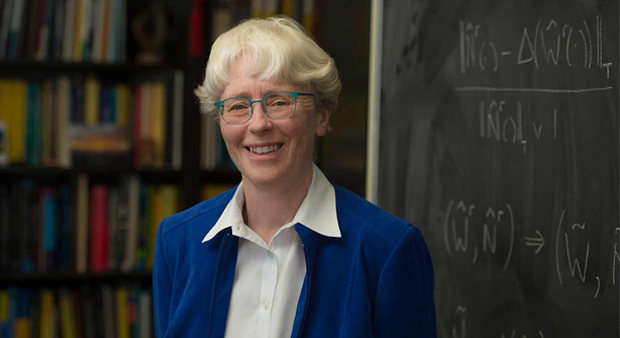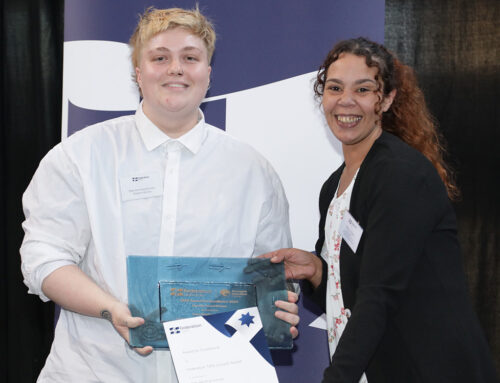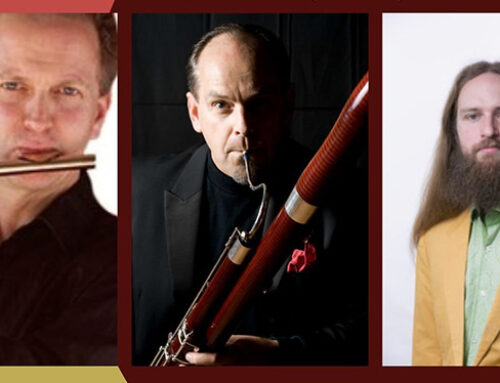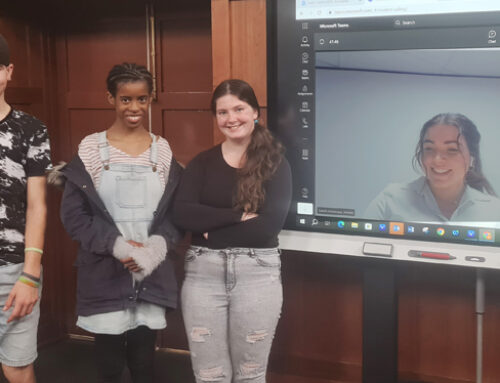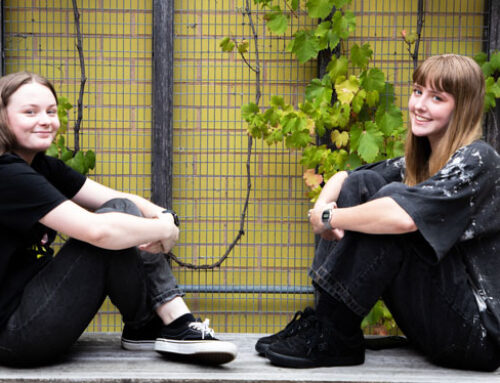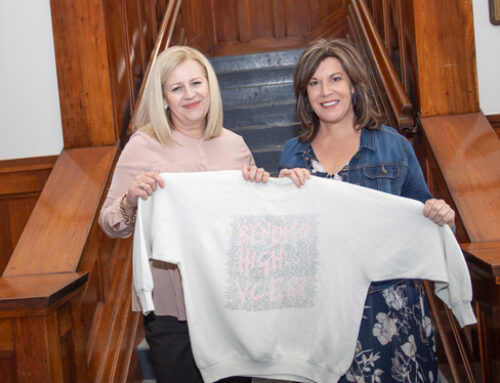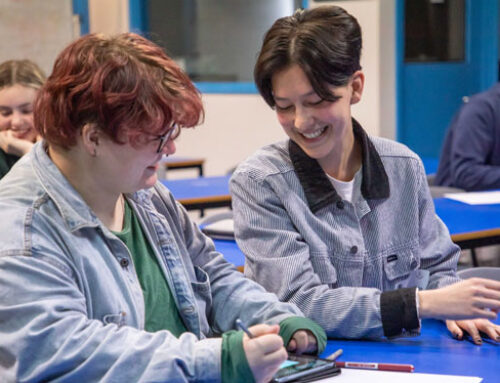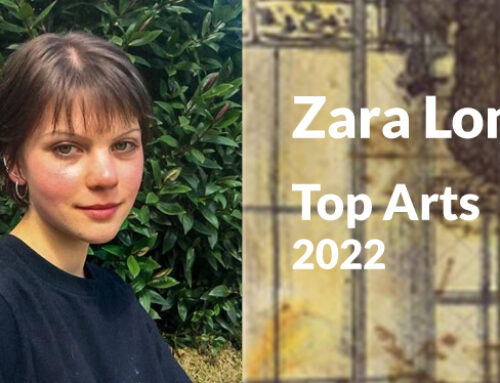Former Bendigo High School Dux Wins Major Maths Prize
Her fundamental research has found applications in assembly lines, customer service centres and freeways at rush hour.
Courtesy UC San Diego News Centre – Words: Kim McDonald, Photo: Erik Jepsen.
Ruth Williams, a mathematician who analyses math models associated with real-life problems, came to UC San Diego in 1983, attracted to the La Jolla campus by the strong science, engineering and mathematics faculty that she believed she could collaborate with to develop new theories and models in her field.
“I thought this was the place for me because I was, and am, still very motivated by applications,” said the professor of mathematics, who over the past three decades has developed fruitful collaborations with faculty on the campus in biology, cognitive science, electrical engineering and mechanical and aerospace engineering.
It was, in many ways, a prescient decision. As many academic disciplines have become more quantitative and data-driven, mathematical modelling and—especially her research on modeling “stochastic networks” to streamline the functioning of the congested Internet, sophisticated manufacturing systems and transportation networks running at capacity—has become an essential means by which researchers have been able to solve difficult problems.
This week, Williams, was honored with the 2016 John von Neumann Theory Prize, one of the most prestigious awards in mathematics, given annually for “fundamental and sustained contributions to theory in operations research and the management sciences.”
Williams, who holds the Charles Lee Powell Endowed Chair in Mathematics, shared the prize—which consists of $5,000, a gold medallion and a citation— with Martin Reiman of Columbia University’s Department of Industrial Engineering and Operations Research. They were given the awards Sunday night at the annual meeting of the Institute for Operations Research and the Management Sciences (INFORMS), an international society for researchers in that discipline. The meeting, held in Nashville, Tenn., was attended by 6,000 scholars.
Named after famed mathematician John von Neumann, the prize is regarded as the Nobel Prize in this branch of mathematics and has been awarded, since its inception in 1975, to a number of individuals who later went on to win the Nobel Prize.
“Their research, in which they have both influenced and built upon each other’s work, has had a lasting theoretical and practical impact that stands the test of time,” the society said in its citation of this year’s prize.
Williams and Reiman were specifically cited for their pioneering research, over the past few decades, “on the theory and applications of stochastic networks and their diffusion approximations.”
The citation added that Williams has had a “deep and lasting impact on the study of heavy traffic analysis.”
This is the mathematical subject, explained Williams, which describes real-world systems running near maximum capacity, such as the Internet when congested, assembly lines, customer service centres and freeways at rush hour.
“Williams’ research is characterised by its mathematical depth and elegance,” the citation added. “She has greatly influenced researchers in operations research, stochastic processes and mathematics, doing so through survey lectures and articles that are exemplary in clarity and insight.”
Williams was born and raised in Australia, which is plainly evident to visitors to her office on the top floor of the Applied Physics and Mathematics Building. Not only does she speak with an Australian accent, but prominently displayed on the inside of her office door is a large poster of a koala.
“I actually inherited the poster from a colleague who occupied this office before me,” she said with a laugh.
Williams completed her undergraduate studies and a master’s research thesis at the University of Melbourne, before moving to the United States to attend Stanford University, where she received her Ph.D. in 1983, the year she was recruited to UC San Diego.
Over the past three decades, she has received numerous scholarly accolades. She is a Fellow of the American Academy of Arts and Sciences, American Association for the Advancement of Science, American Mathematical Society, Institute of Mathematical Statistics and Institute for Operations Research and the Management Sciences.
She was also the president of the Institute of Mathematical Statistics, a major professional society for probability and statistics, from 2011 to 2012. In 2012, she was elected to membership in the National Academy of Sciences, a rare honour not only for a mathematician, but for a woman in a male-dominated field.
Over the years, Williams has taken a special interest in mentoring women and those from underrepresented groups, from postdoctoral fellows to high school students, to study mathematics and consider careers in math.
“A mathematics degree gives you a solid footing in so many fields,” she explained, from science and engineering to the social sciences and finance.
Students at UC San Diego seem to have figured that out, as the number of undergraduate math majors on campus has more than quadrupled in just the past four years, increasing from 572 in 2012 to 2,350 at the end of the 2016 academic year.
By gaining a solid foundation in mathematics, she said, those students will be better prepared for an increasingly complex, data-driven future.
“Chance favours the prepared mind,” she said. “You need to know how to recognise a solution and know how it can be used.”
Williams said she hopes to use the increased visibility she’s received by winning the John von Neumann Theory Prize to educate the public about the value of fundamental mathematics. While she’s motivated by applications and her own research has turned out to have many important applications to modern-day problems, she explained, in many cases the critical theoretical work came first.
Although she continues to work with scientists on campus on applied problems (she’s now working with bioengineers and biologists formulating models of biological systems), much of Williams’ research continues to be theoretical, sketched out in her office, she said, “with a pencil and a yellow pad of paper.”
While computers, she said, have become a powerful tool for mathematicians, in her case they’re used “to do simulation experiments” once she’s formulated a theoretical model, that will allow her to test out conjectures or to explore extensions of theory.
“Part of the battle in mathematics is figuring out what might be true,” she said.

